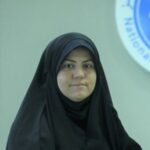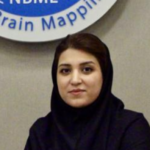آزمایشگاه تحریک مغناطیسی فراجمجمه ای مغز (TMS)
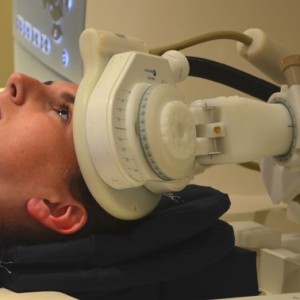
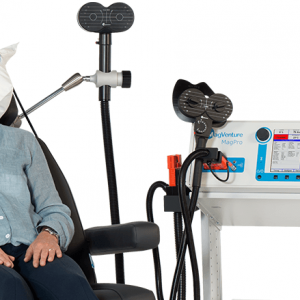
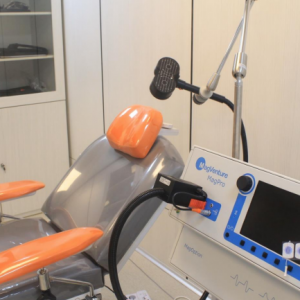
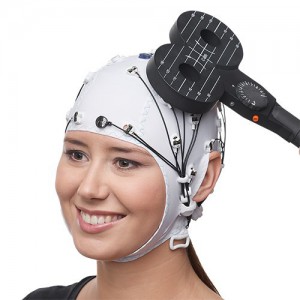
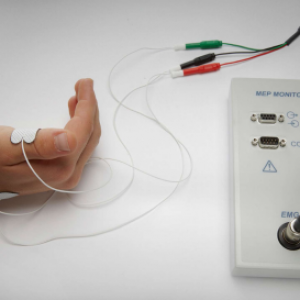
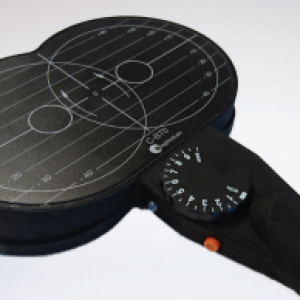
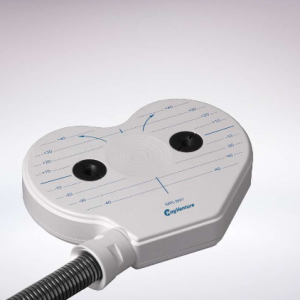
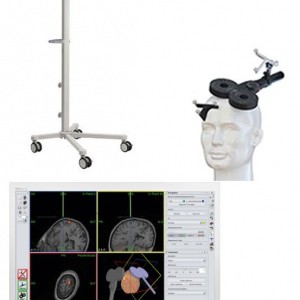
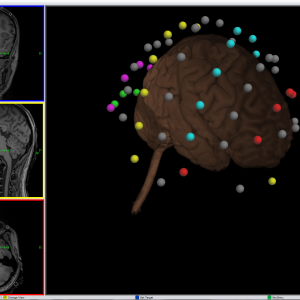
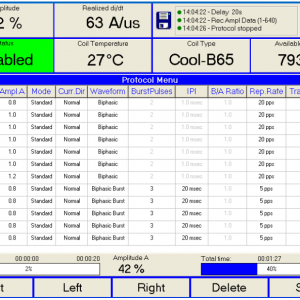
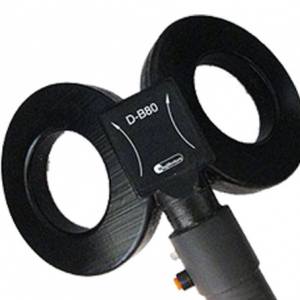
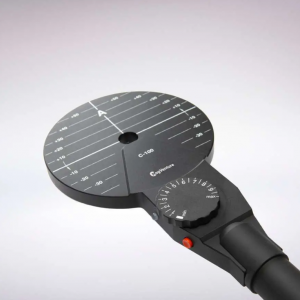
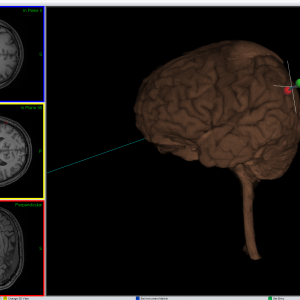
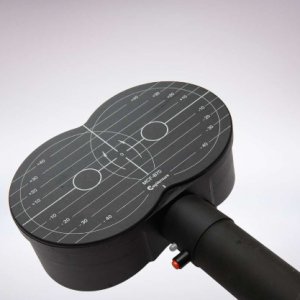
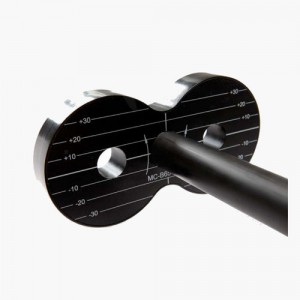
تحریک مغناطیسی فراجمجمه ای مغز (TMS)
TMS مخفف Transcranial Magnetic Stimulation به معنی تحریک مغناطیسی فراجمجمهای است. این روش یک روش غیر تهاجمی تحریک مغز (Non-Invasive Brain Stimulation) محسوب میشود که میتوان از آن برای پژوهشهای نقشه برداری مغز و درمان بیماریهای مختلف مانند افسردگی، اختلال وسواس فکری عملی، اعتیاد و تینیتوس یا وزوز گوش استفاده کرد.
تحریک مغناطیسی فراجمجمه ای برای اولین بار در سال ۱۹۸۵ توسط آنتونی بارکر، رضا جالینوس در بیمارستان سلطنتی هالام در شفیلد، انگلستان مورد استفاده قرار گرفت. از آن زمان TMS در کاربردهای مختلف تحقیقاتی و بالینی (تشخیصی و درمانی) به کار گرفته شده است. این دستگاه بر اساس قانون القای الکترومغناطیسی فارادی کار می کند به طوری که جریان الکتریکی زیادی در مدت زمان بسیار کوتاهی از سیم پیچ TMS عبور می کند و جریان های الکتریکی بسیار کمی را در قشر مغز القا می کند. سیم پیچ به یک محرک متصل است که جریان الکتریکی عبوری از سیم پیچ را تولید می کند. میدان مغناطیسی TMS که توسط سیم پیچ ایجاد می شود، از ساختارهای با مقاومت بالا مانند استخوان، چربی و پوست بدون آسیب رساندن به بدن عبور می کند. علاوه بر این، میدان الکتریکی القا می کند که نورون ها را در بافت زیرین دپولاریزه یا هیپرپلاریزه می کند.
پالس های TMS را می توان به صورت “تک”، “جفتی” یا “قطار” اعمال کرد و هر فرم را می توان برای کاربردهای خاص استفاده کرد.
TMS تک پالس را می توان در نقشه برداری قشر مغز، زمان سنجی علّی روابط مغز-رفتار، مطالعات زمان هدایت حرکتی مرکزی، و غیره استفاده کرد. پالس های زوجی را می توان برای مطالعه تسهیل و مهار داخل قشری و برهمکنش های کورتیکو-قشری استفاده کرد.
قطارهای پالس بسته به فراوانی و الگوی خود می توانند اثرات شگفت انگیزی مانند اثرات بازدارنده یا تسهیل کننده پایدار ایجاد کنند. همچنین در مطالعات نقشه برداری مغز برای ایجاد علیت بین مغز و رفتار استفاده شده است.
به عنوان یک تکنیک نقشه برداری مغز با وضوح فضایی خوب (به ترتیب چند میلی متر) و زمانی (در حد چند ده میلی ثانیه)، می توان از TMS برای نشان دادن مکان و توالی فعالیت های مغز استفاده کرد. TMS یک مداخله مورد تایید FDA (سازمان غذا و دارو) برای افسردگی اساسی است. همچنین می توان از آن برای درمان میگرن و برای نقشه برداری حرکتی و زبانی قبل از جراحی استفاده کرد.
کارشناسان این بخش
